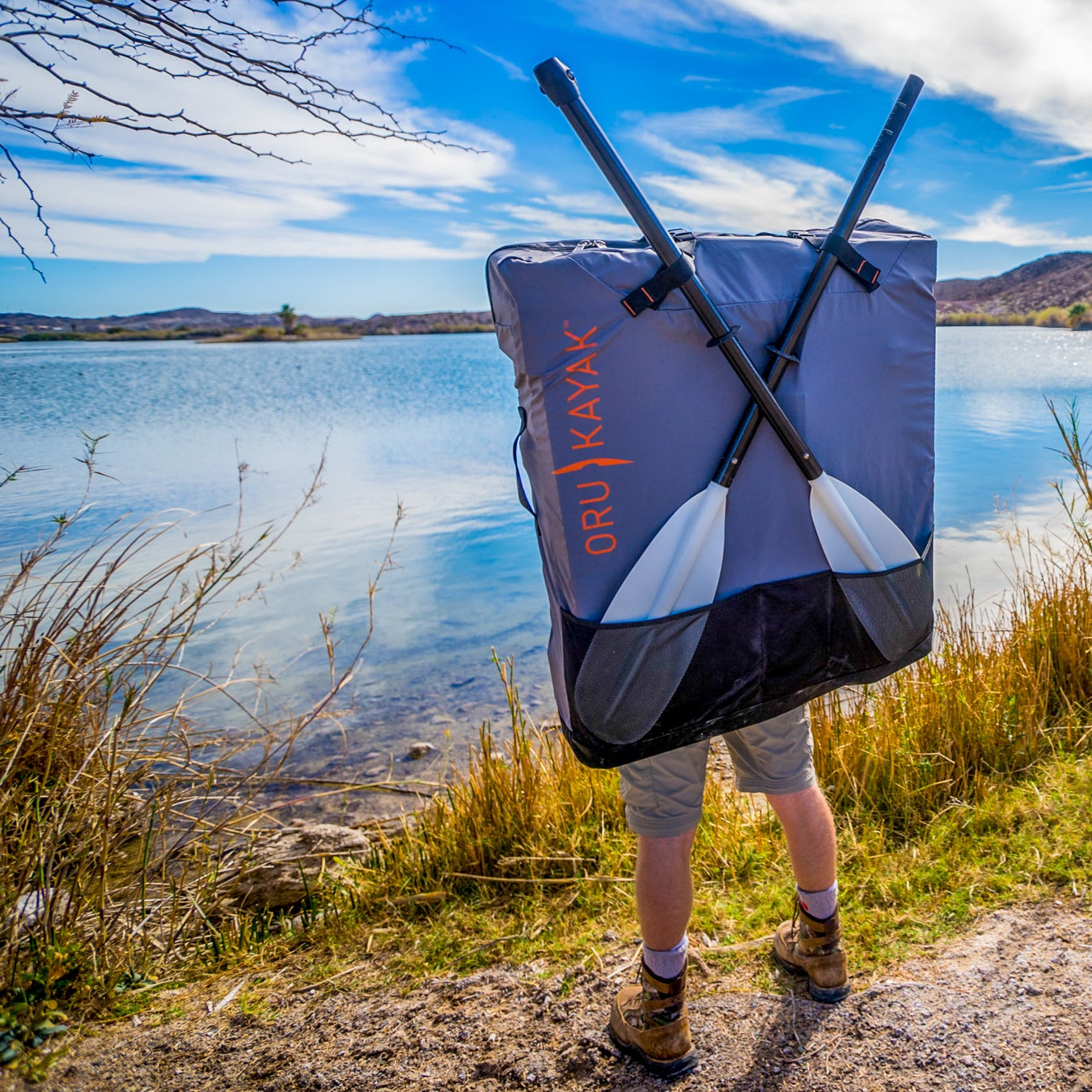In the last year, we’ve paddled Oru’s novel folding kayak in the Pacific Ocean, floated it down the Colorado River, used it to hunt ducks, chase fish, took it to Mexico, and even carried it on our backs to reach high alpine lakes. How does this piece of corrugated plastic stand up to a full year of adventure? We break it down.
What Is It?
Made from a single sheet of corrugated plastic, the folds origami-like from a large backpack into a 12-foot boat. Launched on Kickstarter and funded the first day, the Bay is the first product to come out of this new company.
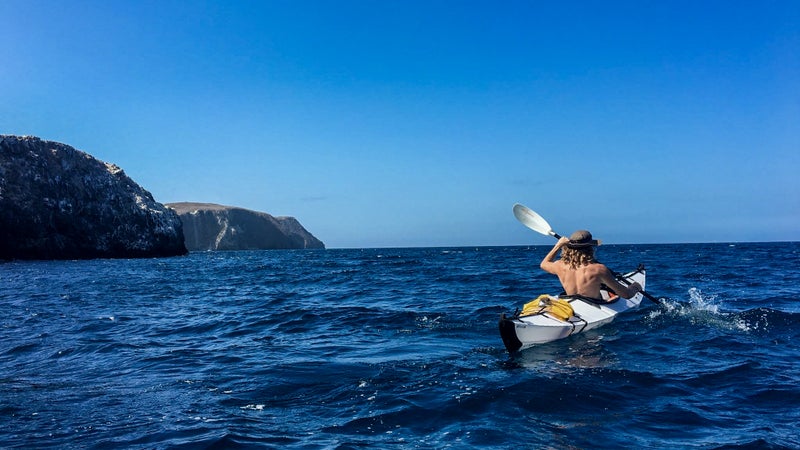
Who’s It For?
So you've always wanted a kayak, but never had space for one? We’ve found the Oru way more convenient to store and transport than a conventional boat, but just about as capable in the water. It’ll fit under your bed or even in the “trunk” of a Smart car.
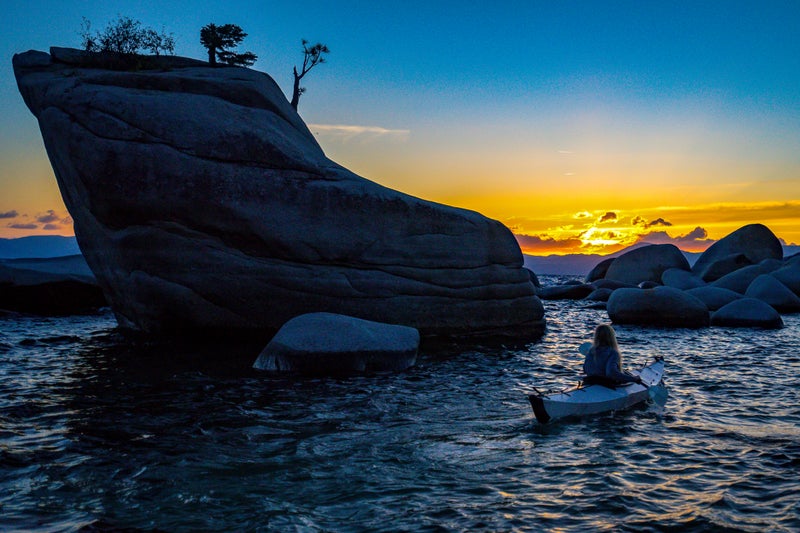
Design
When put together, it doesn’t look like something that came out of a square box. It looks like a real kayak. And man, does it fold cleverly. The seat doubles as the top of the folded box and the buckles that hold it together as a kayak also hold it closed in transport mode. Because the boat splits in half down the middle, loading it up with gear for an overnight adventure is much easier than packing bags into the small cargo holds of a traditional kayak. We carried up to 220 pounds in ours (one 150-pound human, plus 70 pounds of gear) without trouble.
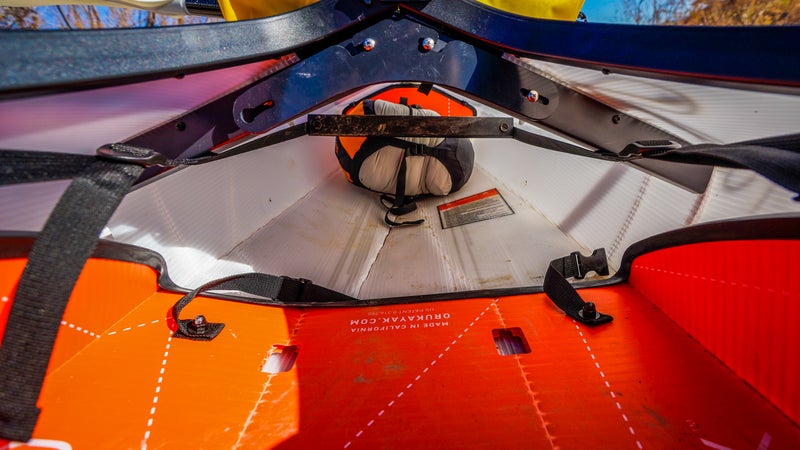
Durability
Can this $1,300 piece of plastic hold up? So far, it’s done pretty well. We broke the little tab that holds the bow together twice (maybe a sign that Oru should use a stronger design for this specific piece). The neoprene that covers the bow and stern has a small hole in it where the plastic’s sharp edges wore through the fabric, but it still keeps water out. Overall, though, the kayak's held up remarkably well, considering it's been passed around the entire IndefinitelyWild team.
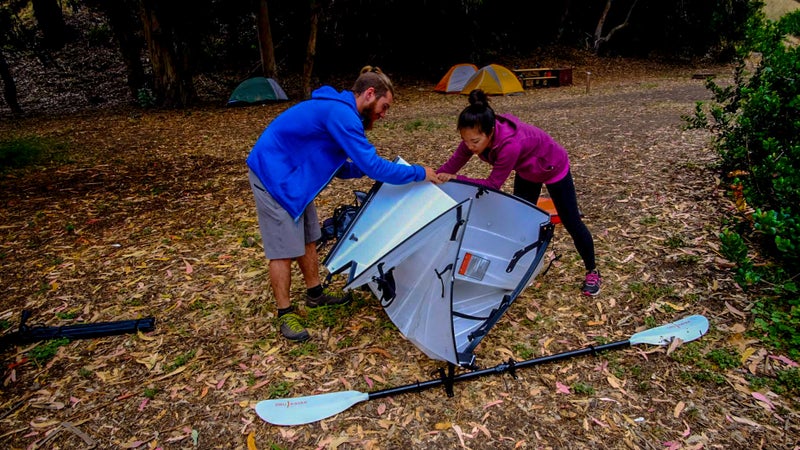
Using It
Assembling the boat takes some getting used to. But, with a little practice, you can go from backpack to boat in about 10 minutes. Breaking it down and putting it away takes even less time: the seams have developed a “memory” from repeated folding, and now practically pack the boat up for you.
We put in on some flat stretches of the Colorado River, where the Bay performed great. It's definitely best suited to mellow water. At sea, the 12-foot boat struggles, particularly in a large swell, but that's not ultimately the environment it's designed for. If that's the sort of paddling you plan to do, check out Oru's 16-foot model called the Coast.
The seat is not terribly comfortable. Wear a life jacket for a little extra padding.
Can you surf it? I tried and failed, but maybe that’s just me. As soon as I caught the wave, the boat just swept sideways, then filled with water and sunk. I had to swim it to shore, unfold it, drain it, then reassemble it to try again. This problem would have been avoided with a spray skirt, and the boat is rigged for one. At the time, Oru hadn’t yet offered a skirt, but one is now available.
Can you roll it? If you have the spray skirt, yes. But, you’ll need to be confident and know what you’re doing.
Can you fly with it? Sure can! At under 30 pounds, it shouldn’t even cost you excess baggage fees.
Can you hike with it? It depends on how long you're going and how tough you are. The boat folds down to a a 32-by-28-by-13-inch box that’s larger and more awkward than a normal backpack. But, at less than 30 pounds, it probably weighs less than what you’re hauling on a backpacking trip, and the waist belt and backpack straps wear plenty comfortably. So long as you’re only going a few miles, you’ll have no trouble. (As a bonus, if you cross the paddle halves, you can tell all your friends that you’re a Ninja Turtle.)
One more cool feature: because the boat is made from translucent plastic, it’ll glow at night if you put lights inside. Oru will sell you a four-pack of lights for $100, but anything works.
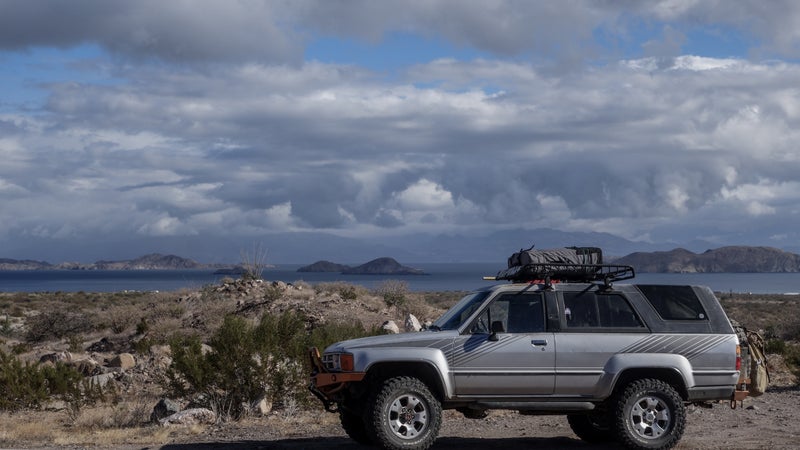
Likes
- Ultra compact and portable design make storage and transportation a cinch.
- Backpack is surprisingly comfortable and total package weighs less than 30 pounds.
- Easy to clean, pretty easy to assemble.
- 90 liters of onboard storage is more than you’ll ever need.
- It glows at night!
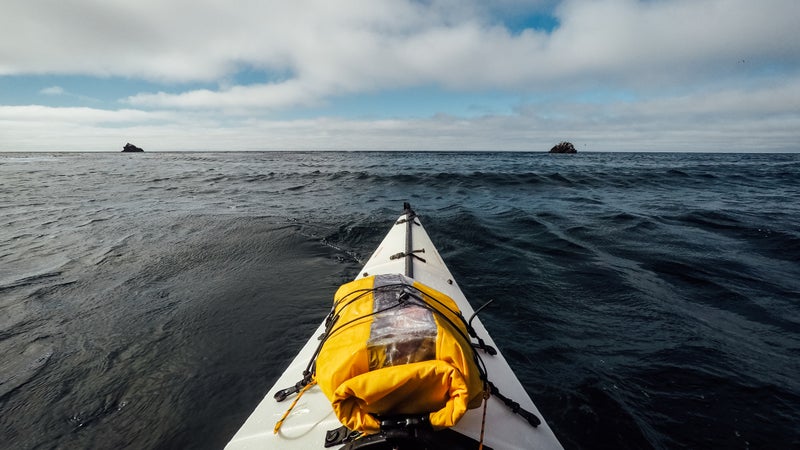
Dislikes
- Our four-piece folding paddle hasn’t broken yet, but we’ve seen others fall to pieces. Buy a real paddle.
- Tabs and buckles wear out with regular use. Fancier models have upgraded hardware.
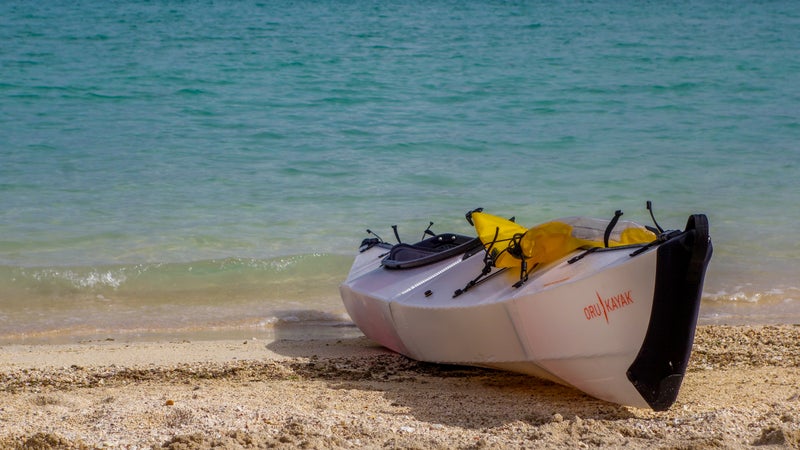
Should You Buy One?
At $1,275, the Oru is pricey, especially if you paddle infrequently. But if you do, and you don’t have much storage space, then yes, this is the boat for you. Because can throw it on your back and take it into remote areas, the Oru expands your paddling world dramatically.
Oru now has . The $1,575 Bay+ adds the necessary hardware upgrades. The $1,975, 16-foot Coast (mentioned above) is better suited to ocean paddling, while the $2,475 Coast+ is the same silhouette, just with better buckles and an adjustable seat. If you're just starting out, we recommend the $1,175 Beach, which is wide and more stable.
Unlike most standard, rigid touring kayaks with similar price tags, the Oru lacks a rudder, which means getting it to track straight can be tricky. But I think that's a small price to pay for the extreme portability. Competing foldable kayaks from Feathercraft and Folbot take twice as long to assemble and weigh twice as much.


